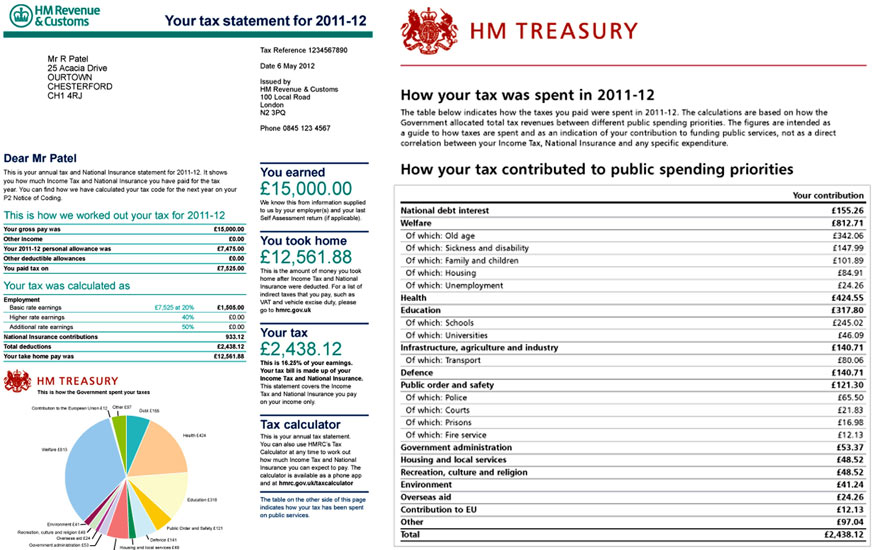Last month, the Cabinet Office’s Efficiency and Reform Group (ERG) released details of their approach to eradicating wasteful government spending and how this achieved over £5.5 billion in savings for the UK taxpayer.
Strict spending controls were implemented cut expenditure by departments on IT contracts, property, marketing, temporary staff and consultancy. These savings are highlighted in a useful Tree-map and accompanying video below released by the Cabinet Office.

The video – created by the Efficiency and Reform Group in the Cabinet Office and released as part of the same news story – outlines how and where the 2011/12 £5.5bn in savings were achieved. It breaks down the £5.5bn into its component parts (as outlined in the graphic above) to show where and how the money was saved.
Altogether the Tree-map and accompanying video represent a clear and effective mechanism of communicating the breath of savings the Cabinet office ERG group have achieved over the past year.
(via Cabinet Office)








 Infographics
Infographics